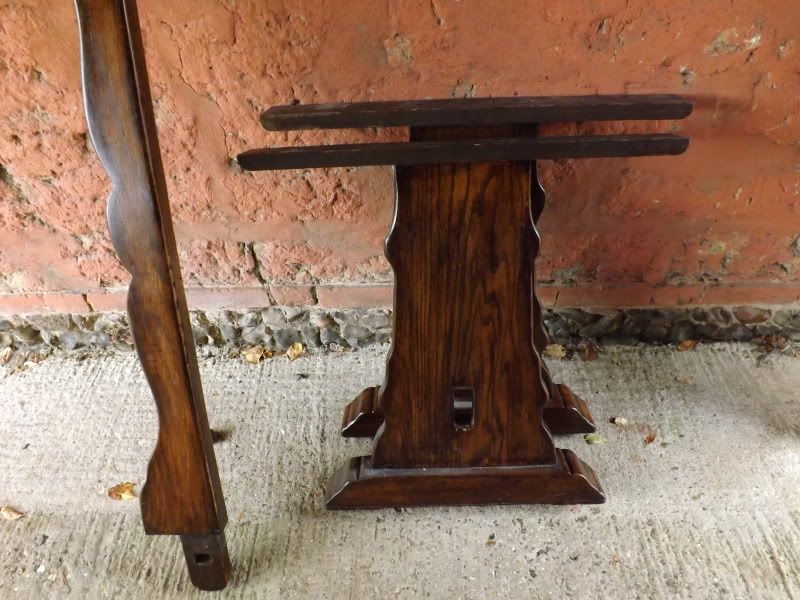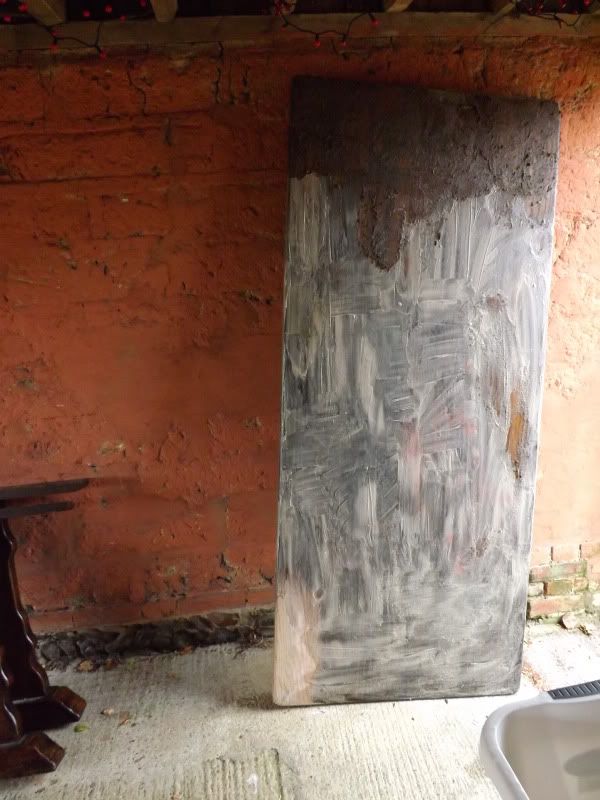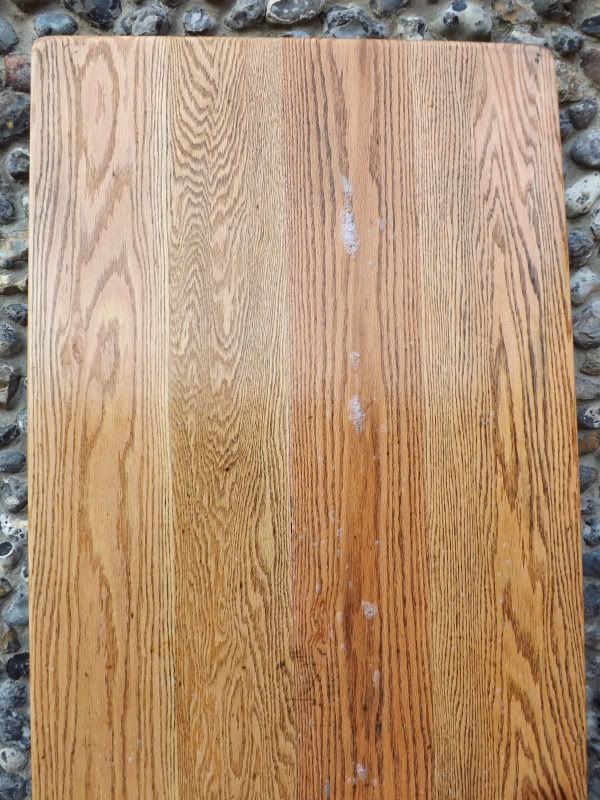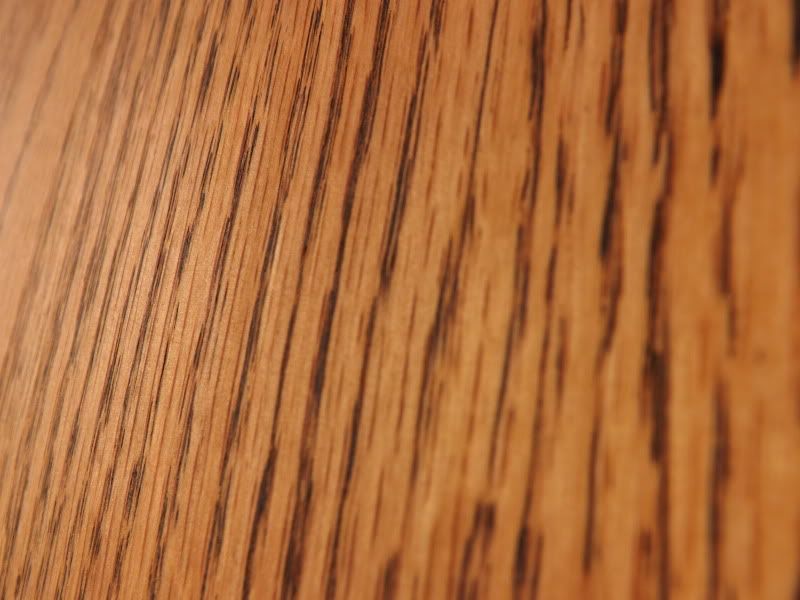KatieFrith
Member
Hi,
I'm a novice to woodworking/restoration so apologies if these questions seem naive.
I recently bought a second hand Ercol table and chairs set - small rectangular drop leaf table and four goldsmith windsor chairs. They are made of elm I believe and are stained dark.
I would like to remove the dark stain and restore the furniture to its natural wood state. My plan is to hire a small sander to remove the stain, and then I will oil the furniture afterwards. I know the chairs will be fiddly so will start with the table and see how it turns out.
Does this seem like a sensible way to go about such a job? I know some people would use chemical strippers, but I am wary of damaging the wood.
Thanks in advance
Katie
I'm a novice to woodworking/restoration so apologies if these questions seem naive.
I recently bought a second hand Ercol table and chairs set - small rectangular drop leaf table and four goldsmith windsor chairs. They are made of elm I believe and are stained dark.
I would like to remove the dark stain and restore the furniture to its natural wood state. My plan is to hire a small sander to remove the stain, and then I will oil the furniture afterwards. I know the chairs will be fiddly so will start with the table and see how it turns out.
Does this seem like a sensible way to go about such a job? I know some people would use chemical strippers, but I am wary of damaging the wood.
Thanks in advance
Katie






































